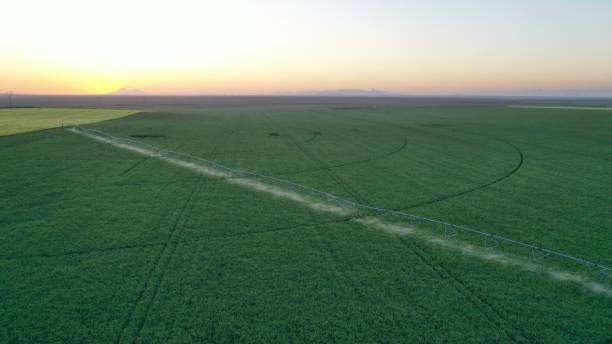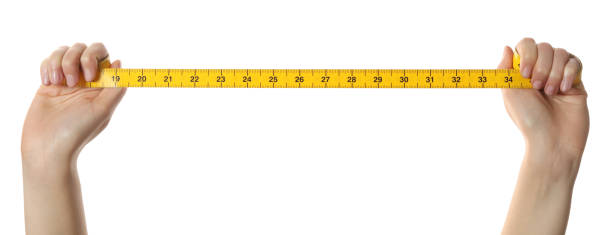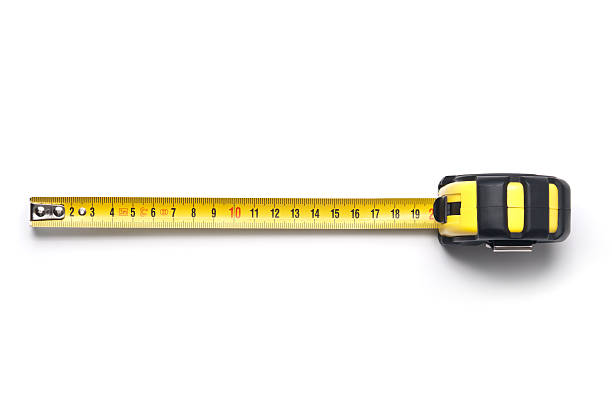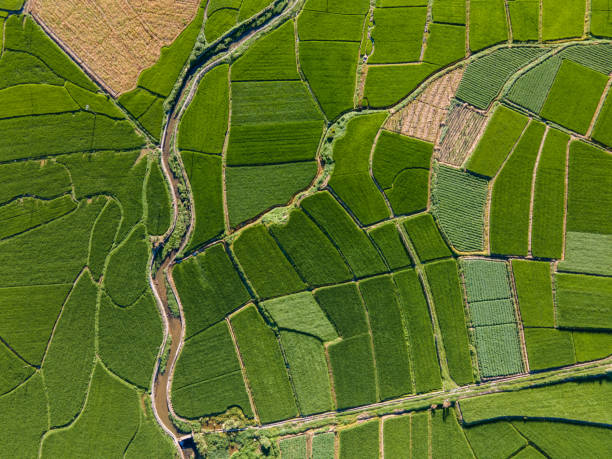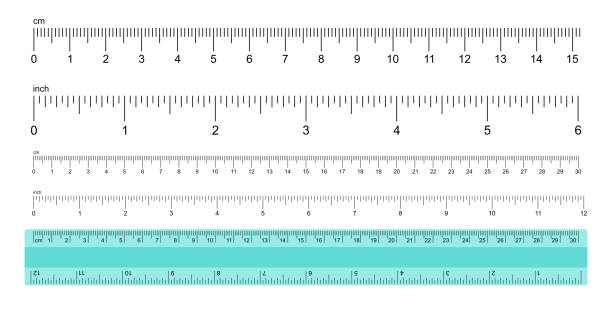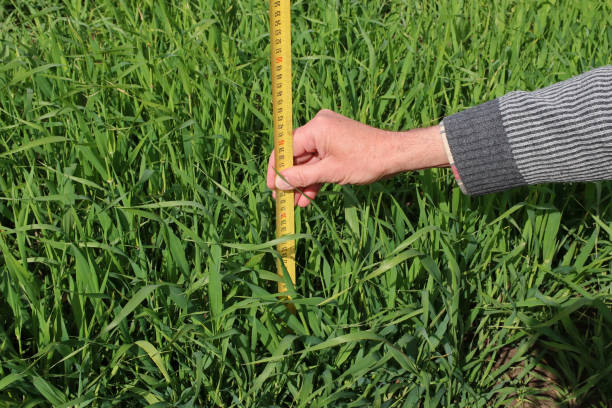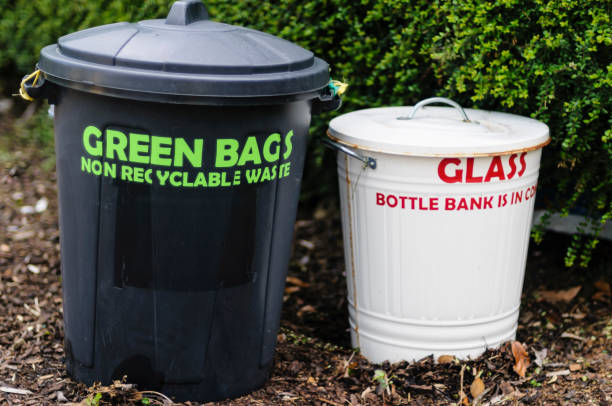Which Is Longer: A Meter or a Yard?
This post contains affiliate links. This means I will make a commission at no extra cost to you should you click through and make a purchase. Read the full disclosure here.When it comes to measuring length, different systems are used around the world. The metric system, which employs the meter as its fundamental unit of length, is widely used in many countries. On the other hand, the imperial system, which utilizes the yard as its primary unit of length, is still in use primarily in the United States and a few other nations. In this article, we will explore the differences between a meter and a yard, their historical origins, practical applications, and settle the question of which one is longer.
2. Understanding the Meter and Yard
2.1 Definition of a Meter
The meter is the fundamental unit of length in the metric system. It is defined as the length of the path traveled by light in a vacuum during a specific time interval. The International System of Units (SI) refined this definition to be precisely 1,650,763.73 wavelengths of the orange-red light emitted by krypton-86 atoms.
2.2 Definition of a Yard
The yard is a unit of length in the imperial system and is primarily used in the United States and a few other countries. It is defined as 0.9144 meters exactly. Historically, the yard was initially determined as the distance from the tip of the nose to the outstretched arm’s end of King Henry I of England.
Conversion Factors
3.1 Meters to Yards Conversion
To convert meters to yards, you can use the conversion factor of 1 meter being equal to 1.0936 yards. Therefore, to convert a length in meters to yards, you multiply the value by 1.0936.
3.2 Yards to Meters Conversion
Conversely, to convert yards to meters, you divide the length in yards by 1.0936. This conversion factor allows you to easily switch between the two units of measurement.
Historical Background
4.1 Origins of the Meter
The meter has its roots in the French Revolution, where there was a need for a decimal-based system of measurement. In 1791, the French Academy of Sciences proposed the adoption of a new unit of length based on the Earth’s circumference. The original definition was one ten-millionth of the distance from the North Pole to the Equator. Over time, this definition was refined and ultimately led to the meter we use today.
4.2 Origins of the Yard
The yard, on the other hand, has a more diverse history. Its origins can be traced back to ancient times when various cultures used their own standards for measuring length. The yard has evolved from the girth of a person’s waist to the length of an arm, and finally to the standardized measurement we know today.
Usage and Adoption
5.1 Metric System and the Meter
The metric system, with the meter as its central unit of length, is widely adopted globally. It provides a coherent and universally understood system of measurement, making it easier for scientific, industrial, and international communication purposes.
5.2 Imperial System and the Yard
The yard is primarily used in countries that still follow the imperial system, such as the United States and some Caribbean nations. While the metric system is widely embraced worldwide, the United States has maintained the use of the imperial system due to historical and cultural reasons.
Practical Applications
6.1 Science and Engineering
The meter plays a crucial role in scientific research, engineering projects, and technological advancements. From nanometers in nanotechnology to kilometers in space exploration, the meter provides a versatile unit for measuring lengths across various scales.
6.2 Sports and Athletics
In the world of sports and athletics, the meter is commonly used for measuring track distances, such as in sprinting and long-distance running. World records, personal bests, and Olympic achievements are often defined by meters.
Comparing the Lengths
7.1 Length of a Meter
A meter is approximately equal to 39.37 inches or 3.28 feet. It can be visualized as roughly the height of a doorknob or the length of three average-sized steps.
7.2 Length of a Yard
On the other hand, a yard is equivalent to 36 inches or 3 feet. It can be imagined as the length from the tip of your nose to the end of your outstretched arm.
By comparing these values, we can conclude that a meter is slightly longer than a yard.
8. Conclusion
In summary, the meter and yard are both units of length used in different measurement systems. While the meter is the fundamental unit of length in the metric system and is globally adopted, the yard persists primarily in the United States and a few other countries still using the imperial system. Through conversions and comparisons, we can determine that a meter is slightly longer than a yard.
9. FAQs (Frequently Asked Questions)
9.1 Is a meter longer than a yard?
Yes, a meter is longer than a yard. One meter is approximately equal to 1.0936 yards.
9.2 Can you convert between meters and yards?
Yes, you can convert between meters and yards. To convert meters to yards, multiply the length in meters by 1.0936. To convert yards to meters, divide the length in yards by 1.0936.
9.3 Which countries use the meter?
The meter is used in countries that have adopted the metric system, including most nations worldwide. It is the standard unit of length in the International System of Units (SI).
9.4 Why do some countries still use the yard?
Some countries, primarily the United States, still use the yard due to historical reasons and the continued use of the imperial system. The metric system has been gradually gaining popularity worldwide.
9.5 How accurate are meter and yard measurements?
Both meter and yard measurements can be highly accurate when used with precision instruments. Modern technology allows for precise measurements, ensuring accuracy in various fields such as science, engineering, and construct

